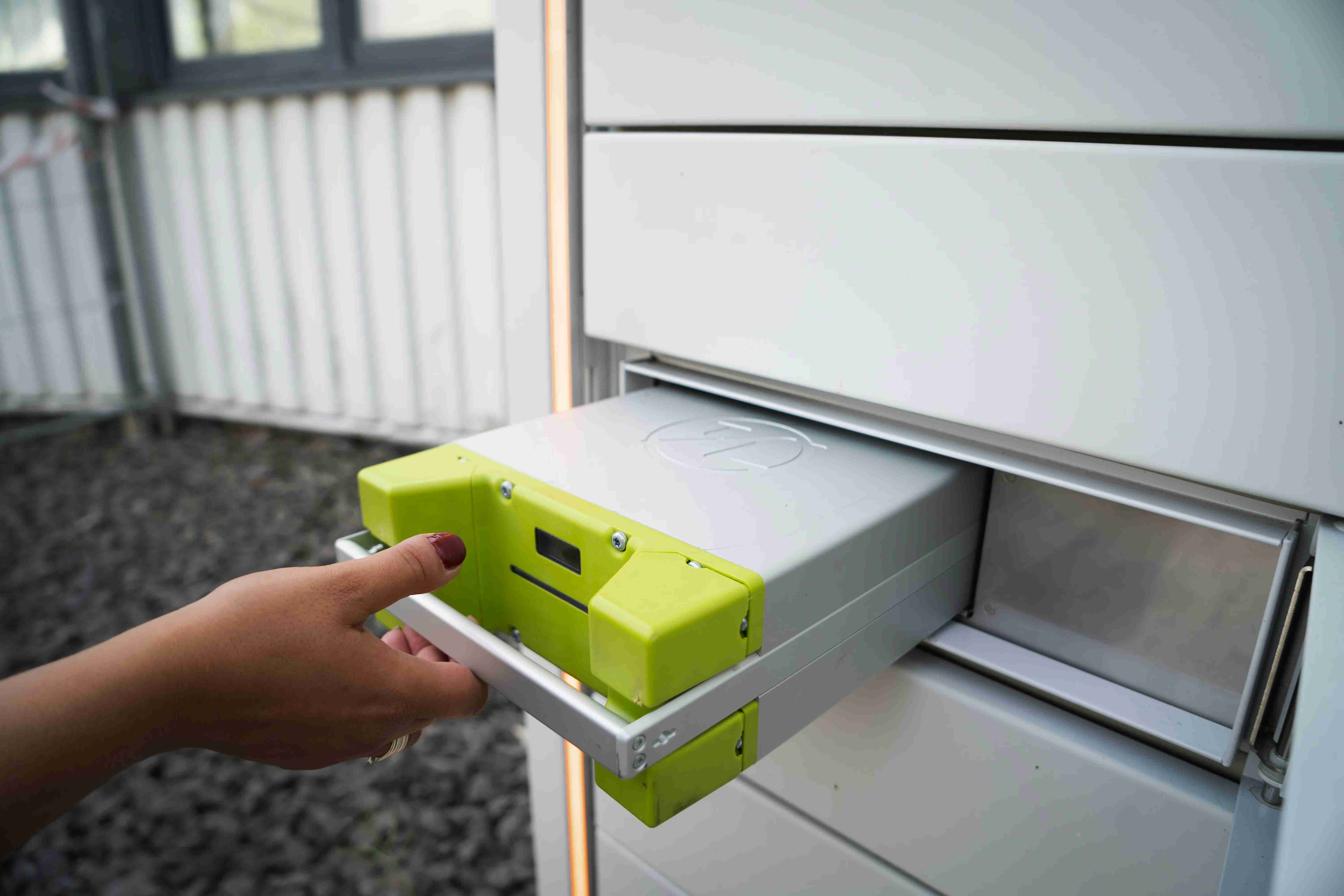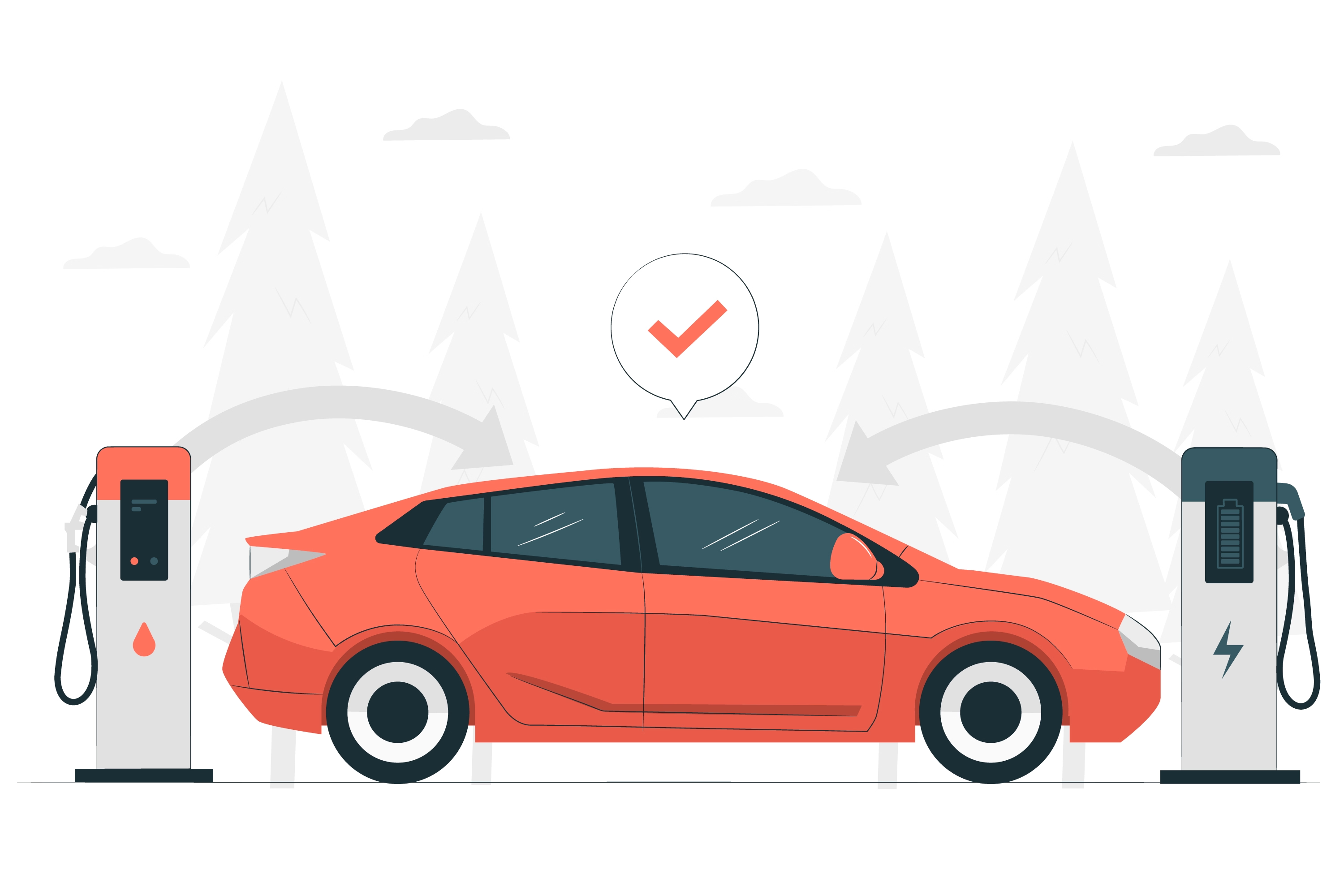The Future of Solid-State Batteries: A Game Changer for EVs?
Introduction to Solid-State Battery Technology
If you're involved in or follow the automotive industry, you've definitely heard of solid-state batteries. The automotive industry is on the brink of a major transformation with the advent of this technology. As electric vehicles (EVs) continue to gain popularity, the demand for safer, more efficient, and higher-capacity batteries is increasing. Solid-state batteries are poised to meet these demands and potentially revolutionize the EV market. So let's dive into the technical aspects of solid-state batteries, compare them to current lithium-ion batteries, and explore their potential impact on the future of electric vehicles.
How Solid-State Batteries Work
Alright, so let's get a bit technical here, but bear with me, it's easy to follow. In a solid-state battery, the electrolyte is a solid material, typically a ceramic, glass, or a composite polymer, which facilitates the movement of ions between the anode and cathode. The solid electrolyte replaces the flammable liquid electrolyte used in lithium-ion batteries, significantly reducing the risk of fires and thermal runaway. Additionally, solid-state batteries can utilize lithium metal for the anode, which increases energy density and allows for a higher capacity compared to the graphite anodes used in lithium-ion batteries.
As for the categories, solid-state electrolytes can be classified into three main types: oxide-based, sulfide-based, and polymer-based. Oxide-based electrolytes, such as lithium lanthanum zirconium oxide (LLZO), are known for their stability and high ionic conductivity but are brittle. Sulfide-based electrolytes offer higher ionic conductivity and flexibility but are sensitive to moisture. Polymer-based electrolytes are flexible and easy to process but generally have lower ionic conductivity. Research is ongoing to improve the properties of these electrolytes and develop hybrid systems that combine the advantages of each type.
Comparison with Lithium-Ion Batteries
Energy Density
Solid-state batteries have a higher energy density than lithium-ion batteries. This means they can store more energy in the same amount of space, resulting in longer driving ranges for electric vehicles. The use of a lithium metal anode in solid-state batteries contributes to this increased energy density. Current lithium-ion batteries typically achieve an energy density of around 250-300 Wh/kg, while solid-state batteries have the potential to reach 400-500 Wh/kg or higher.
Charging Times
One of the most significant advantages of solid-state batteries is their ability to charge faster than lithium-ion batteries. The solid electrolyte can support higher charging currents, reducing the time it takes to recharge the battery. This improvement addresses one of the main drawbacks of current EV technology—long charging times. Solid-state batteries can potentially reduce charging times to under 15 minutes for an 80% charge, compared to 30-60 minutes for conventional lithium-ion batteries.
Safety
Safety is a critical concern for any battery technology. Solid-state batteries are inherently safer than lithium-ion batteries due to their non-flammable solid electrolyte. This reduces the risk of fires and thermal runaway, which are significant concerns with current lithium-ion technology. Furthermore, the solid electrolyte can prevent the growth of lithium dendrites, needle-like structures that can form during charging and cause short circuits.
Cycle Life
Solid-state batteries are expected to have a longer cycle life compared to lithium-ion batteries. This means they can endure more charge and discharge cycles before their performance degrades. This longevity is beneficial for electric vehicles, as it can reduce the frequency of battery replacements. Solid-state batteries can potentially achieve over 1000 cycles with minimal capacity loss, compared to 500-1000 cycles for conventional lithium-ion batteries.
Advantages and Potential Challenges
Advantages
- Higher energy density resulting in longer driving ranges.
- Faster charging times, reducing downtime for EV owners.
- Improved safety due to the non-flammable solid electrolyte.
- Longer cycle life, leading to fewer battery replacements.
- Potential for reduced battery size and weight, improving vehicle efficiency.
Potential Challenges
- High manufacturing costs due to the use of advanced materials and complex production processes.
- Technical challenges in developing a stable and efficient solid electrolyte.
- Scalability issues for mass production.
- Compatibility with existing EV infrastructure and vehicle designs.
Key Players in Solid-State Battery Development
Toyota
Toyota has been a pioneer in solid-state battery research and aims to commercialize the technology by the mid-2020s. The company is focusing on developing solid-state batteries for use in their next-generation electric vehicles. Toyota's solid-state battery prototypes have shown promising results in terms of energy density and safety.
QuantumScape
QuantumScape, a California-based startup, is making significant strides in solid-state battery technology. Backed by Volkswagen, the company has demonstrated promising results in improving energy density and charging times. QuantumScape's innovative approach involves a proprietary solid electrolyte that enhances battery performance and longevity.
Samsung
Samsung is also investing heavily in solid-state battery research. The company has showcased prototypes that promise higher energy density and improved safety over traditional lithium-ion batteries. Samsung's advancements in solid-state batteries include the development of new solid electrolytes and anode materials that enhance overall battery performance.
Other Key Players
Other notable companies and institutions, such as BMW, Dyson, and various academic research centers, are also contributing to the advancement of solid-state battery technology. These organizations are exploring different approaches to solid electrolyte materials, battery architectures, and manufacturing processes to accelerate the commercialization of solid-state batteries.
Timeline for Commercial Availability
While solid-state batteries hold immense promise, their commercial availability is still a few years away. Most industry experts predict that solid-state batteries will become commercially viable by the mid-2020s. The initial applications are likely to be in high-end electric vehicles and niche markets before scaling up to broader use. Continuous research and development efforts are focused on overcoming technical challenges and reducing manufacturing costs to enable widespread adoption.
EV-Global Verdict: Is it worth the hype?
It certainly looks promising! There have been quite a few trends in the EV space, but solid-state batteries seem like the real deal. Solid-state batteries represent a significant leap forward in battery technology. Their higher energy density, faster charging times, and improved safety have the potential to revolutionize the electric vehicle industry. As research and development efforts continue, and as these batteries become commercially available, we can expect to see a new era of electric vehicles that offer longer ranges, shorter charging times, and enhanced safety. The future of electric mobility looks brighter than ever with the advent of solid-state batteries.



